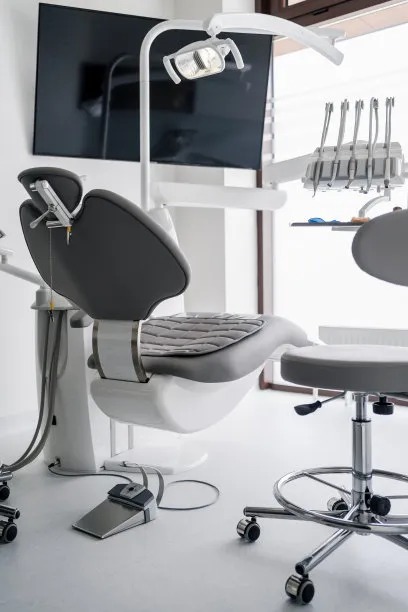The Importance of Proper Dental Care and What to Expect When You Need to Extract a Tooth
Summary: Proper dental care is crucial not only for maintaining a bright smile but also for overall health. This article explores the importance of regular dental hygiene practices, the signs that may indicate the need for a tooth extraction, the procedure itself, and the post-extraction care necessary for a smooth recovery. Understanding each of these elements can help alleviate fears related to dental issues and empower individuals to take charge of their oral hygiene, ensuring a healthier future.
1. The Significance of Regular Dental Care

Proper dental care is fundamental for maintaining oral health and preventing various dental issues. Brushing and flossing daily helps remove plaque, a sticky film of bacteria that forms on teeth. If plaque is not eliminated, it can harden into tartar, leading to gum disease and cavities. Regular dental check-ups further ensure any potential problems are caught early before they escalate into more serious concerns requiring intense treatment.
Moreover, good dental hygiene is linked to overall health. Recent studies indicate a strong correlation between oral health and conditions such as heart disease and diabetes. Chronic inflammation caused by periodontal disease can affect blood sugar levels, making it crucial to maintain optimal dental care to avoid such systemic health issues.
Finally, practicing proper dental care significantly impacts self-esteem. A healthy, radiant smile boosts confidence and makes a positive first impression. Consequently, investing time in dental hygiene routines pays off in numerous ways, enhancing both individual health and quality of life.
2. Recognizing When Extraction Is Necessary
Tooth extractions, although often daunting, may be necessary for various reasons. One primary indicator is severe tooth decay. If decay has progressed to a point where a tooth cannot be repaired with a filling or crown, extraction becomes the recommended solution. Identifying severe pain in a specific tooth can also indicate deep-rooted problems requiring removal.
Additionally, impacted wisdom teeth are a common reason for extraction. These teeth typically emerge in the late teens or early twenties and might not have enough space to grow, which can lead to pain and infection. Dentists often recommend proactive removal to avoid future complications.
Lastly, overcrowded teeth may lead to extraction as part of orthodontic treatment. In such cases, a dentist may remove one or more teeth to create adequate space for bone alignment and proper positioning of remaining teeth, fostering a healthier bite and jaw alignment.
3. Understanding the Extraction Procedure
Once the need for an extraction is established, understanding the procedure can help alleviate anxiety. Typically, the dentist will administer a local anesthetic to numb the area around the affected tooth, ensuring the patient experiences minimal discomfort. Depending on the tooths condition, it may be extracted with simple methods or require more complex surgical techniques.
The extraction process usually involves loosening the tooth with instruments before carefully removing it from the socket. Dentists are trained to manage complications that might arise during the procedure, ensuring patient safety and comfort throughout the process.
Post-extraction, patients are guided to follow recovery care instructions meticulously. These usually include avoiding strenuous activity, using ice packs to reduce swelling, and managing pain with prescribed medications. Understanding these steps helps patients prepare for the entire process, from extraction to healing.
4. Post-Extraction Care for Smooth Recovery
After a tooth extraction, proper aftercare is essential for a smooth recovery. Initial care focuses on managing bleeding, which is typically controlled by biting down on gauze placed over the extraction site. It’s crucial to keep the area clean to prevent infection, and patients are advised to avoid vigorous rinsing for the first 24 hours.
Additionally, staying hydrated and following a soft food diet facilitates healing. Foods like yogurt, mashed potatoes, and smoothies are recommended, while hot or spicy foods should be avoided to minimize irritation.
Finally, its essential to attend follow-up appointments if required. These visits allow the dentist to monitor healing and address any potential issues early on. Following all aftercare instructions diligently will lead to the best possible recovery outcomes.
In conclusion, proper dental care is essential for maintaining overall health and ensuring a confident smile. Understanding when a tooth extraction is necessary, what to expect during the procedure, and how to care for oneself post-extraction are all crucial aspects of effective dental hygiene. By prioritizing these factors, individuals can empower themselves to sustain optimal oral health and a lifetime of smiles.
This article is compiled by Vickong Dental and the content is for reference only.



